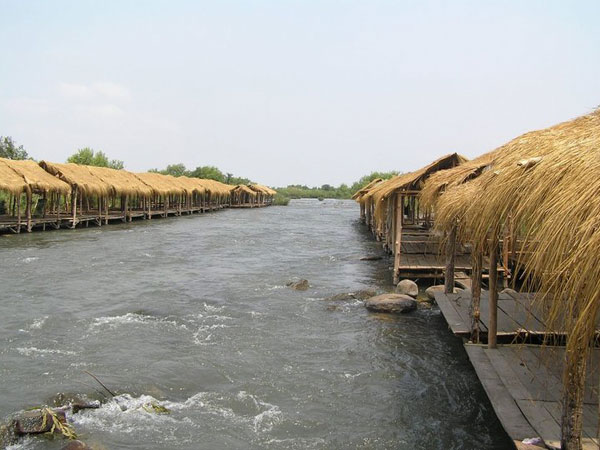The Mekong River population of the Irrawaddy Dolphin Orcaella brevirostris now only inhabits the short stretch of the Cambodian Mekong from Kratie to the Lao / Cambodian border. In the dry season, the dolphins’ range is further restricted to just nine deep pool areas along the river.
The accepted estimate is of less than 85 individual animals remaining, a spectacular decline from several thousand dolphins which would have been present in the river system as recently as the 1960s. Mekong River dolphins are formally recognised as Critically Endangered, meaning that the population is at the very greatest risk of rapid extinction. The Irrawaddy Dolphin symbolises the magnificence of the Mekong and its continued relatively high biodiversity. The Mekong is one of only five freshwater habitats in the world that still maintains this species and it has the largest remaining freshwater population.
WWF has identified the Irrawaddy Dolphin as a flagship species for the conservation of the Mekong river. This is not just because the species is critically endangered, but because the Irrawaddy Dolphin has certain minimum requirements from its habitat that effectively reflect the health of the river ecosystem for other species, including humans.
These include:
- Being large creatures, dolphins require sufficient water to swim, feed and feel safe in. Excessive human disruptions to water flow, for example from ill planned irrigation and dam systems, could leave inadequate water for dolphins as well as disrupting important fish migrations.
- Dolphins require abundant prey to remain healthy and ensure population growth. Over-fishing would be a key threat in this instance.
- Dolphins need free movement through waters to find prey and migrate between different habitat systems. Over-fishing with blocking nets and dam construction can block passages and in the case of nets result in capture and death of the dolphins.
- Dolphins require a relatively clean river system and as a top of the chain predator will suffer illness and death from persistent contaminants such as agricultural pesticides and herbicides, as well as toxic materials from industry that bio-accumulate in prey species and then eventually the dolphin.
Population decline in dolphins should ring alarm bells that all is not well in the river. Millions of Cambodians depend on the Mekong river as a source of water for daily use and irrigation; as well as a key source of protein and income through its fish. To maintain these important resources to an expanding human population the Mekong must function as a healthy ecosystem with high biodiversity. As the dolphin is generally revered by local people, the species makes a good flagship to mobilise support for broader river environment conservation issues.








